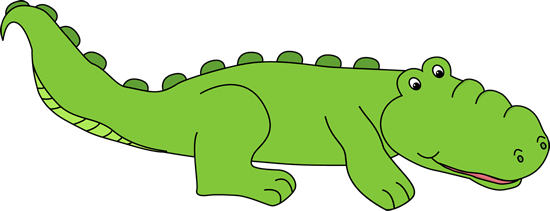Learning short vowel sounds can be difficult for early readers. Some children find it difficult to discriminate between the short i sound (like in the word, inch) and short e sound (like in the word, elephant). In school I teach using a program called Fundations.
http://www.wilsonlanguage.com/programs/fundations/
What I like about this program is that you teach students to practice reading a letter, saying a key word/picture clue and then saying the sound the letter makes. For the most part the program uses short one syllable words that are not difficult to pronounce as their key words.
With the vowel sounds in particular I have a story and hand motion to go along with the picture clue to further reach that multi-sensory approach we talked about a few weeks ago.
I would like to share my silly stories with you in hopes that you can use them with your children.
A-Apple-/a/
The letter a is one scaredy cat. He is afraid of little kids trying to scare him. If a kids sneaks up behind him and yells "boo" he will make his sound which is /a/.
I would lift up both of my hands as if I was scared when I make the /a/ sound. Kids enjoy scaring the letter and yelling the sound. Play it up and hide the letter and sneak it out so the kids can scare him.
E-Edd-/e/
(you can show kids a picture of a character named Ed or a picture of an elephant for this one. But which every you choice I use that picture in the story.
Here is a Ed the Elephant and he has a big problem. He doesn't hear very well. Let's try saying hi to Ed-have your child say hi . When the child says hi he doesn't hear them and he says /eh/? Hold you hand up to your ear while saying the sound
Again play up the story and have the kids say hi louder and louder each time.
I-Itch-/i/
The Fundation cards have a picture of a monkey scratching. You can have a picture of an inchworm or an insect.
I use the character on the card and tell the class that this monkey has fleas. The fleas make the monkey very itchy. Scratch your head of arm and make the /i/ sound. The monkey makes the /i/ sound because being itchy is very icky.
O-Octopus-/o/
This octopus is going to the doctor. When she goes to the doctor, the doctor asks her to open open her mouth and say /o/. I point around my mouth and show my kids how my mouth even looks like the letter o while I say that sound.
While reviewing the letter I ask my kids to open up and say /o/ (seriously just like at the doctor's office)
U-up-/u/
I tell my students a story about when I was younger-true story too :)
When I was little, my brothers and I used to jump up and down on our beds have a pillow fight. Well, this one time my big brother hit me pretty hard in the stomach with a pillow and the sound that I made was /u/. I hold my stomach and double over. I also show my students that the shape of my doubled over stomach is just like the letter u, it curves in.
I hope this helps you with another way to teach your kiddos their vowel sounds.






